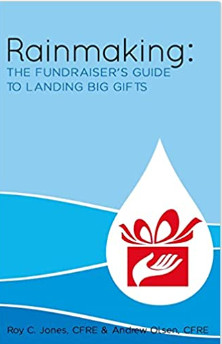Determining success in major donor programs is really pretty simple. You begin by comparing total giving this year to the previous year of your $10,000+ donors (some organization will also measure all giving from $1,000 and up.) If you want to see trends you can go back 3 to 5 years and see what direction you are heading.
Of course, the real measurement you have to look at are the “touchpoints” you are making with your major gift supporters. The best programs literally compare contact activity from one week to the next, one month to the next, one quarter to the next, as well as this year compared to last year.
Activity is the only thing that you can control!
Contact management is the difference between successful major gift programs and those that fail.
How many phone calls did you make?
How many voice mails and emails did you leave?
How many individual conversations did you have?
How many meetings did you have?
How many major gift proposals did you present?
How many “closes” or “asks” did you make?
How many donations did you get and for how much?
Today I want to ask the question why? Why is activity so key? I believe it is not because you are saying some magical words or powerful script from your organizations mission statement. Why is contacting your biggest supporters on a regular basis so important? It demonstrates that you care about them and not just their money. The goal is to build real relationships with your largest financial supporters. They are your investors, your financial backers and your business partners, but most importantly they are your friends who trust you.
Measuring your contact activity is critical. It is critical, not just for increasing donations, but for building real friendships with your supporters. Contact activity is the key to building relationships with individuals, especially when you are forced to communicate with a large number of people every week.
It breaks my heart, when I have to begin a first time meeting with a longtime supporter by apologizing for not having met with them before. Why do we count the number of calls and meetings each week? Why? It demonstrates that we are taking the stewardship responsibility with our supporters seriously.
Communicating with your top supporters demonstrates to them that you really care about them personally. It is not about the money. It is not just about YOUR latest needs in a fundrasing letter. It is about your supporters’ needs. You must build trust with your organizations financial investors. Trust is not built with just fancy brochures and direct mail pieces. Trust is built face to face, person to person. If you are not meeting and spending time with your biggest supporters you are making a huge mistake.
If you want the number of major gifts to increase, if you want the amount of each major gift to be bigger you need to do one thing: meet with your supporter, build a true friendship.
Friend-raising, not fundraising… that is the key.
FRIEND RAISING, NOT FUNDRAISING. Donor relations staff, major gifts officers and stewardship professionals help your organization through relationship building. They must be recognizing and thank donors in a fashion that will cultivate future giving opportunities for the organization.
There are some “industry definitions” to keep in mind as you map out your plan for meeting with supporters in your “friend-raising” efforts:
Donor Relations is the overall effort that enhances and advances the donor’s connection to the organization by strengthening association and providing relationship value.
Stewardship activities aid us in meeting the core responsibilities of accountability and communication with the donor.
Transparency is the method in which you demonstrate fiscal responsibility. Think of it as an investor relationship. It is so much more than annual reporting.
FREQUENCY OF COMMUNICATION IS IMPORTANT. Think about your best friends at home, at church, at school. Your donor calls and meetings should be the same way and based on the donors needs and interests. What if you only called your best friend or family members when you needed something? Make sure that your major donor relationships are not that way.
- How often do you talk to them?
- What kinds of ways to you communicate with them?
- When do you communicate with them?
- What do you talk about? Do you only talk about only your agenda or do you find out what is going on in your friend’s life too?
IT’S ALL ABOUT THE DONOR. Ask them what they want? They will tell you.
- Preferred method of communication?
- What are their interests so we talk to them about those interests?
- Do you know their birthday? Anniversary? Children’s birthdays?
- Surprise them!
Do you really LOVE those donors who are sacrificially supporting our organization? If you do, meet with them. Become their friend. Listen to them. Find out where their hearts are. Hear what kinds of programs and projects that they want to support. Then become their advocate, their supporter… their friend and see how they bless your organization and begin increasing their support.
I’ve always said if you want to see more money, make sure the relationships you build are NOT about the money. Make a friend today!


